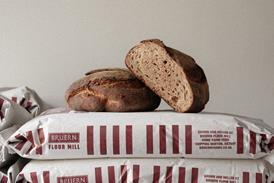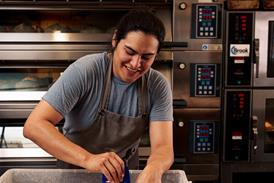New dough processing method on the horizon
Significant developments have been made in a new bread manufacturing process, called the Radical Bread Process (RBP), according to Campden BRI.
To continue reading, register for free
You are what you read, registration is quick, easy and free. Just click register now and you’ll be finished faster than it takes you to butter a crumpet!
Don’t miss out:
- Unlimited access to content
- Regular newsletters to your inbox
- Save articles to read later on
- A more personalised experience
Already registered? Please log-in here


















